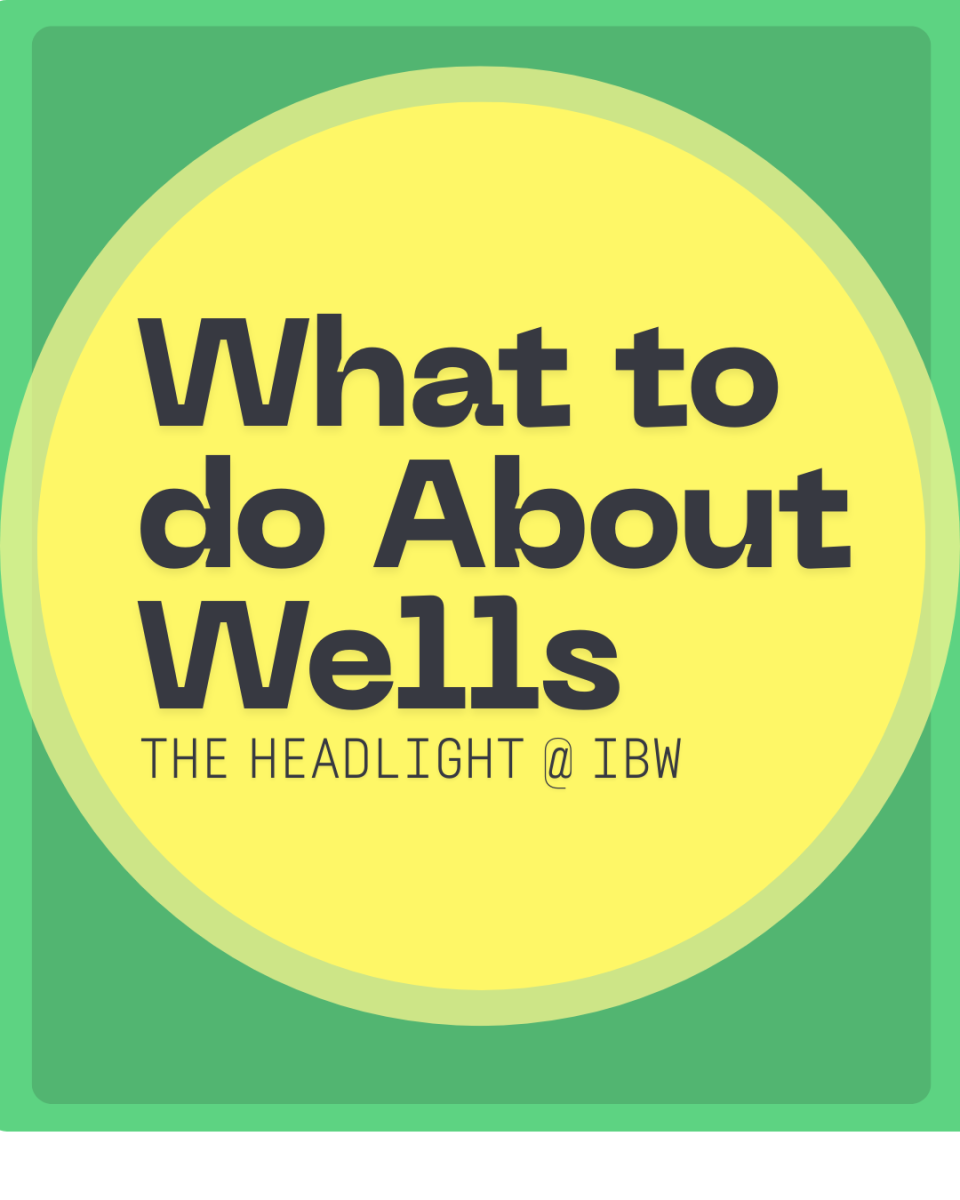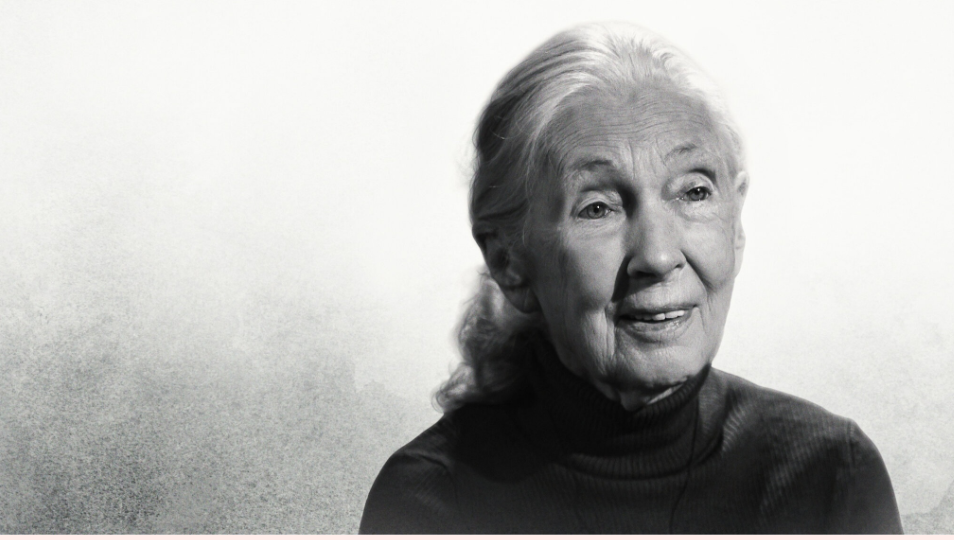Easter is the oldest Christian holiday, and it commemorates the resurrection of Jesus Christ, three days after he was crucified by Romans around 30 A.D. First, Easter was traditionally the Pagan holiday “feast day,” which was a day of renewal and rebirth. Honored in the early spring, it praised the pagan goddess of fertility and spring known as “Ostara,” “Eastre” or “Eostre.”
How did we go from that to pastel colored bunnies and chocolate eggs?
The “Easter bunny” first arrived in America in the 1700s with German immigrants who settled in Pennsylvania and brought their tradition of an egg-laying hare called “Osterhase” or “Oschter Haws.” Their children made nests in which this creature could lay its colored eggs. Hence the current tradition of easter baskets.
As for the religious aspect, more people attend church on Easter than any other day of the year. However, not everyone who celebrates Easter practices any religion for that matter.
The original Easter bunny began as a way to decorate nest’s, but now the newer Easter bunny brings some pricey treats. In the USA, Easter spending reached $24 billion in 2023, up from $20.8 billion in 2022.
Additionally, the average consumer spends around $192.01 on Easter-related purchases, with food and candy leading the market. This isn’t unusual, as on average Americans tend to spend a lot on holidays. On Christmas, the total spending in the United States was recorded to be $1.05 trillion in 2021.
On a lighter note, Easter is a day of many fun traditions. For example egg-dyeing, glazed ham, leg of lamb, hot cross buns, spending time with friends and family and more are all easter traditions for many. Colored egg scavenger hunts alone are adored by thousands; it’s so loved that even the white house has its own egg scavenger hunt. For many, Easter is a fun day to celebrate their religion, or to simply be with friends and family.














